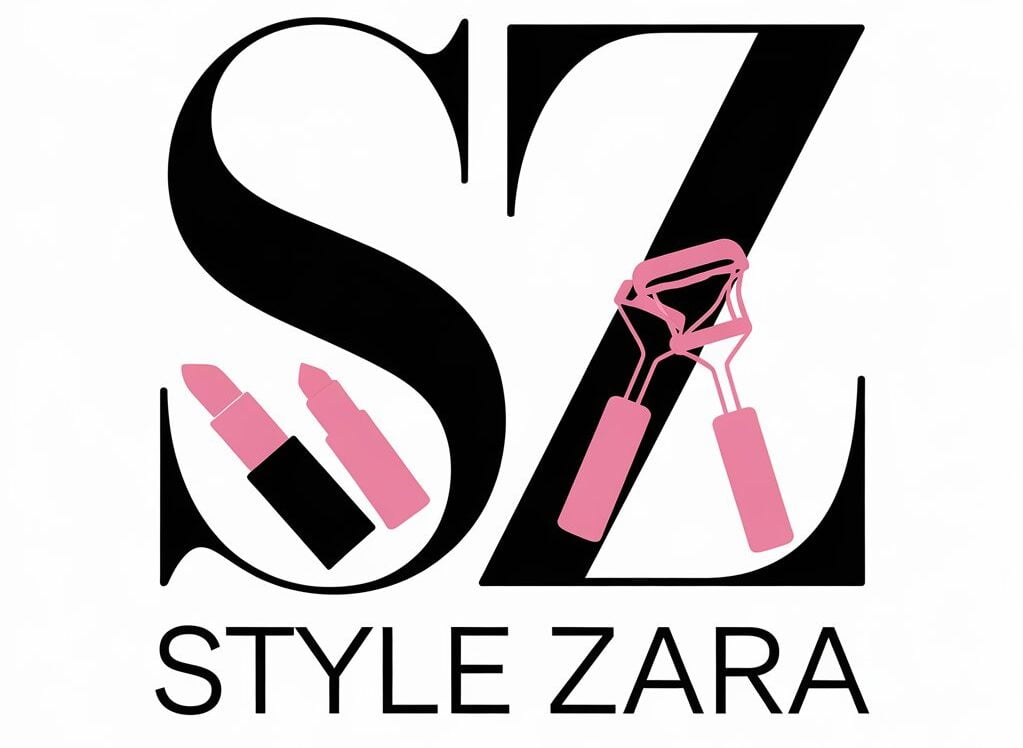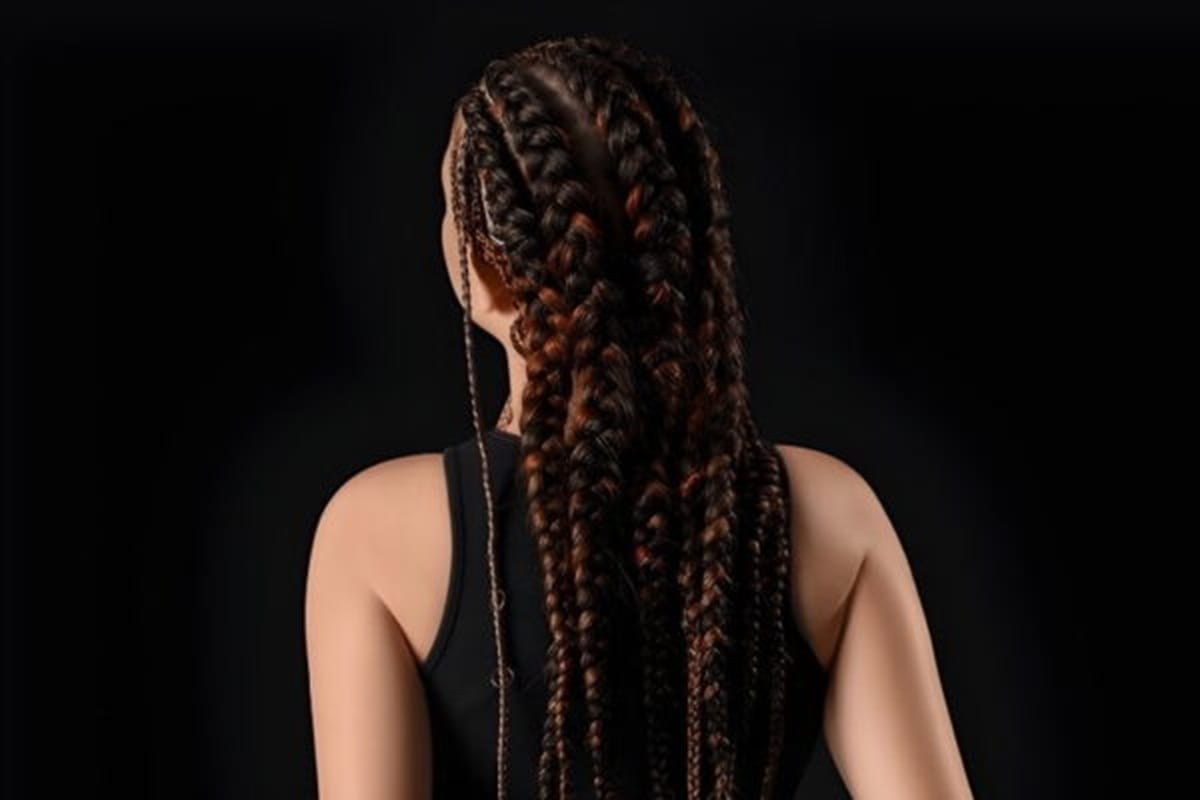Best Protective Hairstyles for 4C Hair
If you have hair in the 4C category, then you understand just how sensitive and lovely it may be, but at the same time, just how difficult to manage. Protective hairstyles go a long way in maintaining hair health, reducing breakage, and encouraging growth of the hair. In this paper, we look at some of the best protective hairstyles for 4C hair, complete with how to keep them and make your hair thrive.
Understanding 4C Hair
Before you begin with protective styles, it is important to know what 4C hair requires. This class of hair has tight coily low-elastic hair that is so exacting about moisture. It can easily suffer dryness, breakage, tangling, and an overall frazzled look-a reason why protective hairstyles are incorporated in your hair care routine.
Benefits of Protective Hairstyles
It serves a number of purposes for 4C hair. This is because there will be less manipulation, meaning less combing, brushing, or styling-all things that cause your hair to break. It would also cover your hair from the elements, such as the sun, wind, and dry air. Besides, it can retain moisture and allow hair growth since it protects your hair from everyday wear and tear.
Cornrows: A Classic Protective Style
Cornrows are timeless, versatile, and work beautifully as a protective style for 4C hair. They come in different patterns that range from simple, straight-back cornrows to intricate designs such as cornrow heart braids. It is low maintenance and can be worn for a couple of weeks, hence very suitable for busy people. However, caution should be made not to make them too tight, as this may tension the scalp and lead to breakage.
Braids are the latest trends, from Box Braids to Knotless Braids.
Braids are another popular protective style for 4C hair. Box braids and knotless braids really are some people’s favorites; these are really stylish and can be worn in a number of lengths and patterns. When using synthetic hair for braiding, make sure to choose good quality hair that’s gentle on your natural hair. Also, avoid using too much tension, which causes hair loss and breakage around the edges and nape of the neck.
Twists Mini Twists Two-Strand Twists

One of the highly recommended low-manipulation styles for 4C hair is twists. Mini twists and two-strand twists work wonders because they are pretty easy to style and maintain. With these twists, one will be able to apply deep conditioning and oil to the scalp, as the hair will stay in style, hence a necessary thing one is doing to foster hair growth, reducing breakage. These can be worn for weeks and provide a very good option for those who are after low manipulation but with a little style.
Updos: Elegant and Protective
Updos are a great protective style-from buns to ponytails. These protectively tuck your hair away from everyday manipulation and save it from environmental stressors. For 4C, you might go for loosely created buns and ponytails so you don’t have tension on the hair, which would be most damaging around your edges.
Fulani Braids: A Stylish and Protective Option
Fulani braids are one of those chic yet protective ways you braid your hair to distribute tension across your head evenly. This style is very good for reducing breakage at your frontal hairline. By styling the front section to one side rather than straight back, you minimize the chances of your hair snapping.
How to Care for Your Protective Styles
All you need to do is to ensure proper maintenance so that you can fully maximize protective styling. Here are the few tips below:
– Moisturise often: with the use of a leave-in conditioner and natural oils to keep it moisturized. –Deep condition: Do regular deep conditioning to repair and strengthen the hair. Sleep well: with a silk scarf or bonnet in place.
–Wash in sections: For instance, if you must wash your hair while it is in a protective style, try to do so in sections in order not to tangle your hair.
Common Mistakes to Avoid
Even though very effective in nature, there are one or two mistakes you must try to avoid while using the protective styling methods for your hair. These include but are not limited to the following:
Too much tension: The styles are not supposed to be overdrawn as this will lead to the loss of hair and breakage thereof.
- Using Low-Quality Hair: Higher quality synthetic hair won’t damage one’s natural hair as much.
- Neglecting Moisture: The hair needs regular moisturizing in order for it to be healthy and strong.
Combining Protective Styles with Hair Care Routines
These styles can be complemented with a nice hair care routine for maximum benefits accrued, including shampooing and deep conditioning once a week, daily moisturizing, and smearing with natural oils and serums designed for your hair type. Follow a balanced protein and moisture routine to keep your hair healthy and resilient.
Conclusion
One of the mighty tools of health and beauty for 4C hair care is protective hairstyles. With the right choice of styles, maintenance tips, and avoidance of common mistakes, you will be saving your hair from any damage and promoting its growth. Be it in cornrows, braids, twists, or updos, remember that hair health is what matters, and it requires one to invest some time in it. This way, with the right approach toward protective hairstyles, you will get to see how beautiful and healthy your hair looks when it gets to thrive under protective care.

